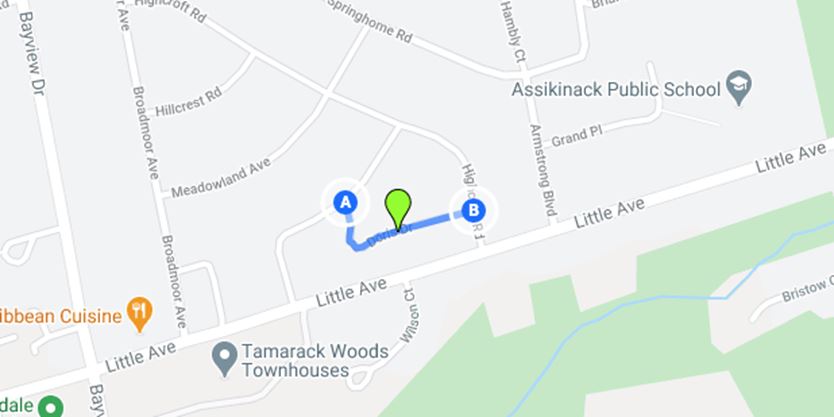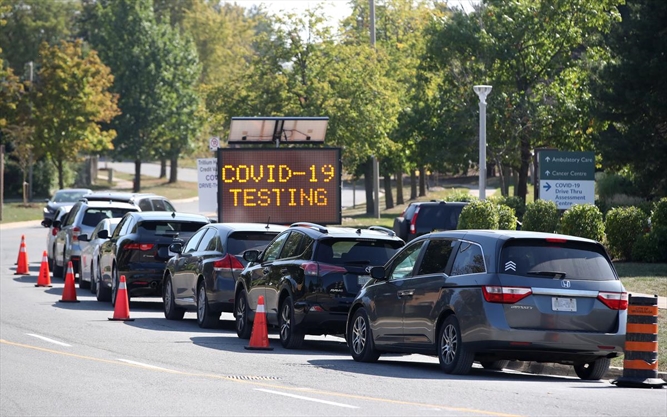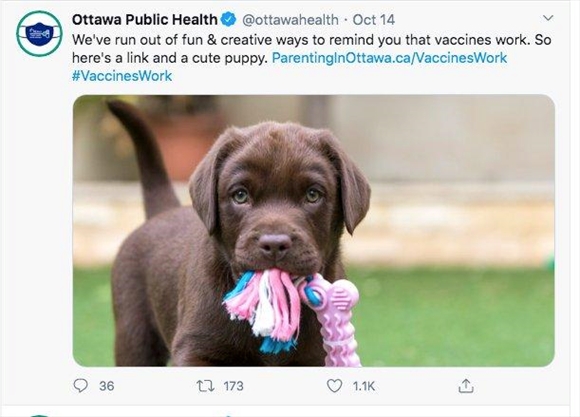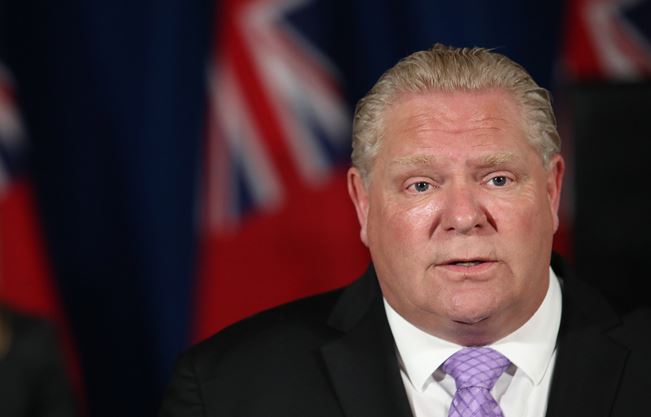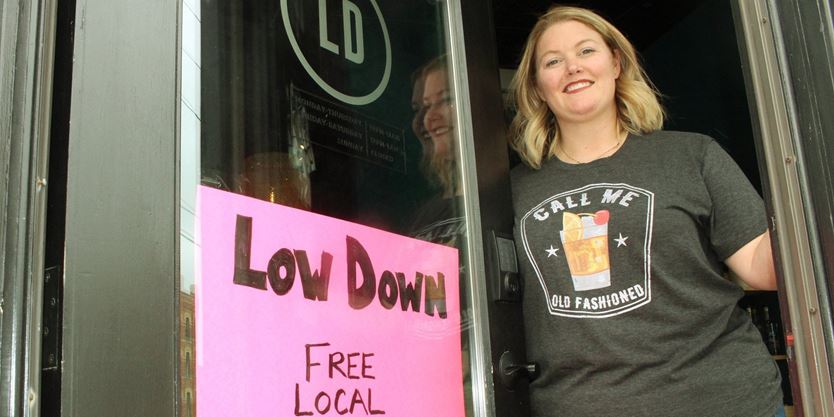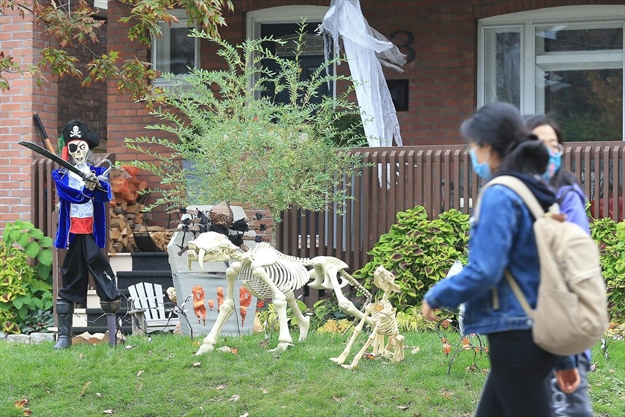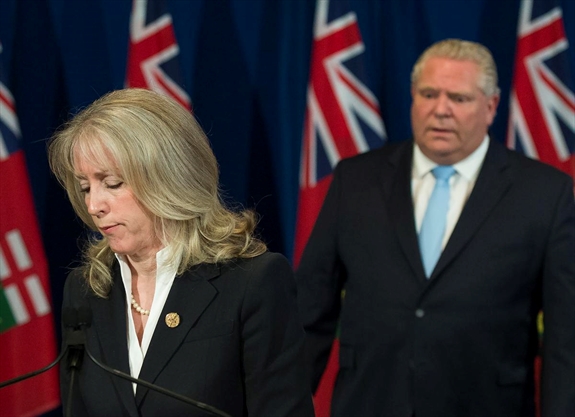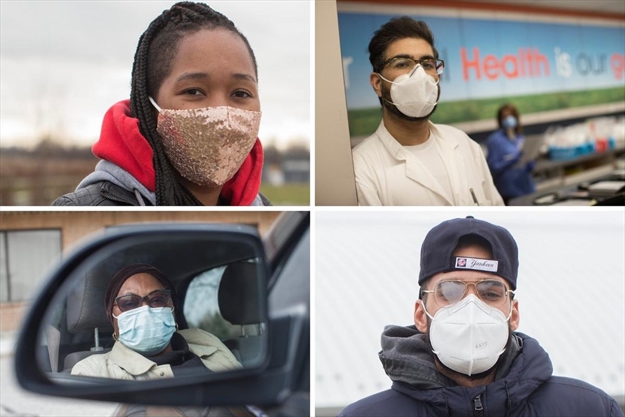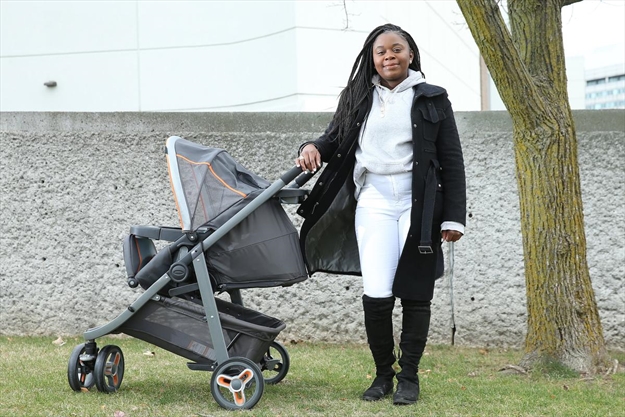Ottawa Public Health’s irreverent and sometimes hilarious Twitter account educates, claps back at trolls, and has even gotten the attention of actor Ryan Reynolds.
With almost 100,000 followers, it’s become a public health influencer.
And in a pandemic where scientists are fighting, not just the virus but also misinformation, the public servants behind it have risen to the occasion.

Kevin Parent leads the small team that manages the agency’s Twitter, Facebook and Instagram accounts. The Star caught up with him about what it’s like on the front lines of the battle against misinformation.
Q: Judging by your follower count, it looks like the Twitter account has been quite successful. Is that all due to COVID-19?
A: If I’m permitted to humble brag: We’re the most followed local public health unit in North America.
Back in January, we were sitting about 55,000 and the next behind us was New York with in the 30s, Toronto was also in the 30s.
So we’ve been the most followed in North America for quite a while.
But the growth we saw during COVID was incredible. We got all this growth organically. We don’t put any money into our Twitter account. There’s no paid ads, or sponsored anything.
We’re quite proud of that.
Do you think that translates to impact?
Twitter is such a busy place. There’s so much going on and we’re just trying to get health messaging to stand out amongst the noise.
We’ve always tried to be human, we’ve always tried to be approachable.
It’s not typical government comms. We’re trying to be transparent, empathetic.
We’re recognizing that this is a very difficult time for people. We’re acknowledging that openly.
You look at the growth we’ve had and the attention we’ve had on the accounts throughout COVID and that in and of itself is kind of evidence of the success of the style and the tone.
How do you engage with followers and help public health messages find new eyes?
On Twitter, Facebook, and Instagram as well, we read every single comment.
We read every single reply.
It’s one of the ways that we’ll actually build content. If there’s something that a lot of people are asking about, or talking about, or identify, we’ll try to talk about it.
We like having one-on-one conversations, because it just makes people feel that much more comfortable with us. And it makes them more likely to engage with our posts, and share them with their friends.
So you read all your mean tweets?
We could do Jimmy Kimmel’s entire season of that after COVID.
How do you combat misinformation online?
A lot of people call it the infodemic, which is going on in parallel to the pandemic. We just address it by putting out as much information as we can.
Some people comment on our Facebook posts with a conspiracy theory, and what’s interesting is that very often the community will kind of take care of itself.
People will start replying to it with the actual factual information.
We know it’s out there.
There’s been an entire series of misinformation posts that we’ve done. And each time we tend to be fairly cheeky with it.
We like to point out the obvious absurdity with a lot of things.
One of the most recent things that we did which I really enjoyed, I believe the tweet said: the notion that COVID-19 is a conspiracy that involves every nurse, doctor, paramedic, hospital, health unit and health agency on the planet represents a very optimistic view of project management.
Anybody who’s ever worked in government knows that just couldn’t happen.
What about trolls?
They’re there. We see them. Sometimes we just mute the accounts.
One of the hardest parts of this job is learning not to take it personally. Some pretty awful things have been said on social media, but on the other hand, it’s nothing new.
There’s an article that comes to mind, from the CBC archives, in 1987. It was about mandatory seatbelts. I kid you not, in the video there’s a gentleman saying “this is government dictatorship.”
“I’m going to ask my doctor for a medical exemption from wearing a seatbelt.”
The public having issue with being told to change their behaviour by health officials is really nothing new.
What about legitimate constructive criticism, or questions?
Sometimes you can just sort of tell that somebody’s asking a question and they genuinely would like an answer.
There are people who will ask a question and we see an opportunity to educate and inform and we will absolutely reply. But then there’s others where, you’re well aware that no amount of answering and information is going to change this person’s mind.
So we carry on with our day.
You also have shared a couple of examples of recent clusters of COVID transmission, like one that stemmed from a cottage weekend, another from a wedding. Why do that?
I understand that messaging fatigue is a thing.
We needed tangible examples. People see case numbers every day. But what does it actually mean? There’s clear-cut lessons to be learned. The most recent example was at a wedding.
As much as we’re not trying to shame anybody, there was one individual who woke up and had mild symptoms, and chose to go to a wedding. And that one decision had that exponential effect.
Think of all those parents. All those kids that couldn’t be in school. The testing centres with an extra 200 people in line. Those are all real human impacts that are beyond the case numbers.
That particular one has a couple of thousand likes and retweets and between Facebook and Twitter, last time I looked at it I think it reached about 600,000 people.
The feedback has been great, people are like, this is real, this is something that I can see and relate to.
It’s also to look at the other side of it. Had that one person woken up with mild symptoms and decided to not go to the wedding, that one individual action would have saved 200-plus people from having to go through all that. It’s the power of individual actions.
How do you craft your posts?
We’ve had some really successful posts, when something happens and we react to it as quickly as possible.
Remember when Dr. Fauci in the States threw the first pitch at the ball game? We retweeted and said: in his defence he’s spent his entire career trying to prevent people from catching things.
Whether it’s something like that where something happens and we want to react to it, or if it’s just when we’re building our week’s social media plan, there’s always three sets of eyes on every single post.
We keep a bank of all the posts that have gone out so that we have quick access to things. We also leave ourselves room within our day to pivot to things and react as they happen.
Some public health agencies are using TikTok to get messages across to younger people. Will you do that?
TikTok is something we’re considering.
There is solid value in us being there, on the other hand we’re a taxpayer-funded municipal institution and there’s been a lot of privacy concerns about TikTok.
So we have our privacy officers looking into that. We’ve got a legal team looking into it, and we’ll see how it goes.
What are some of your recent favourite posts?
I don’t know if you’ve seen any of our Twitter threads. I think those are my favourite.
It’s that moment of candour between us and the followers. That moment of like, all right, we need to talk.
When mandatory masks were introduced in Ottawa, our thread included almost an apology. We said, we understand that for some of you this is coming out of nowhere. We recognize that frustration and we acknowledge it. But here’s why, and then we walked through the reasoning.
And the couple of times Ryan Reynolds replied to us, was just fantastic.
We had a fun little interaction with him back in February. He started following us. We said, we take physical distancing so seriously that we would kick Ryan Reynolds out of bed.
You have your little fan moment. He has 16 million followers.
So 16 million followers scrolled through their feeds and saw an Ottawa Public Health tweet because he interacted with it.
This interview has been condensed and edited for length and clarity.
May Warren is a Toronto-based breaking news reporter for the Star. Follow her on Twitter:

